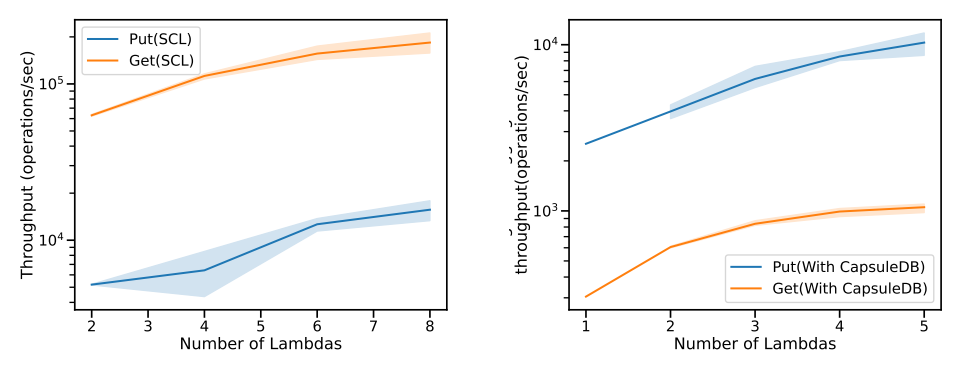BYD, MG, Leapmotor Drive Chinese Hybrid Growth in EU
TLDRs;
- Chinese carmakers hit record 9.8% of Europe’s hybrid sales in August, marking their fourth high this year.
- BYD’s European EV sales more than doubled, while MG fell 16% and Leapmotor sold over 2,000 units.
- EU hybrid registrations jumped 28% as tariffs pushed Chinese brands to diversify and expand local production.
- Domestic sales struggles are driving Chinese automakers like BYD to target European growth despite tough competition.
Chinese automakers have strengthened their presence in Europe’s car market, capturing a record 9.8% share of hybrid vehicle sales in August, according to data from research firm Dataforce.
This milestone marks the fourth time in 2025 that Chinese brands have hit a new high in Europe’s hybrid segment.
The surge reflects how Chinese manufacturers are adjusting strategies to navigate trade pressures, tariffs, and slowing EV momentum. While their share of Europe’s electric vehicle (EV) market dipped slightly to 9.6% in August from July, the hybrid segment continues to provide strong growth opportunities.
BYD leads as sales double in Europe
Among the leading players, BYD’s European EV sales more than doubled year-on-year in August, reaching 7,109 units, according to Jato Dynamics. This growth underscores BYD’s ability to remain competitive despite challenges at home, where its sales recently declined amid fierce domestic EV competition.
MG, a subsidiary of SAIC Motor, saw its European sales fall by 16%, while Leapmotor delivered 2,019 vehicles, highlighting the different performance trajectories among China’s expanding automakers.
Industry experts note that BYD’s decision to combine affordable pricing with broader hybrid options has allowed it to build brand awareness in a market historically dominated by European and Japanese automakers.
Hybrids gain ground across Europe
The broader European car market also showed strong momentum. Battery-electric vehicle (BEV) registrations across the EU, UK, and EFTA countries rose 26% through August, while plug-in hybrid sales climbed 28%, according to the European Automobile Manufacturers’ Association.
Chinese automakers have been quick to leverage this hybrid growth. By offering cheaper, locally adjusted hybrid and EV models, they’ve tapped into consumer demand for cost-effective and efficient alternatives amid rising inflation and stricter emissions policies.
The growing role of hybrids is partly fueled by EU tariffs on China-made EVs, which have pressured automakers to diversify offerings and expand local manufacturing capacity within Europe.
Challenges at home push global expansion
Despite making gains in Europe, Chinese carmakers are facing headwinds in their home market. BYD, for example, saw a 5.5% sales drop in China in September, its first year-on-year decline since early 2024. The company also cut its 2025 sales target by 16% as competition from rivals like Geely, Xpeng, and Leapmotor intensifies.
In Japan, BYD has gone as far as slashing EV prices by up to 50% to boost sluggish demand. This aggressive strategy highlights how domestic saturation and global tariff battles are pushing Chinese firms to accelerate expansion in Europe and beyond.
For now, Europe’s hybrid market is proving to be a bright spot. With consumer demand rising and infrastructure challenges slowing EV adoption, Chinese carmakers like BYD, MG, and Leapmotor appear well-positioned to capture more ground—though the battle for long-term dominance is only just beginning.
The post BYD, MG, Leapmotor Drive Chinese Hybrid Growth in EU appeared first on CoinCentral.
Vous aimerez peut-être aussi

Sweden Seeks to Join Bitcoin ‘Digital Arms Race’

Solana Treasury Stocks: Why Are These Companies Buying Up SOL?
